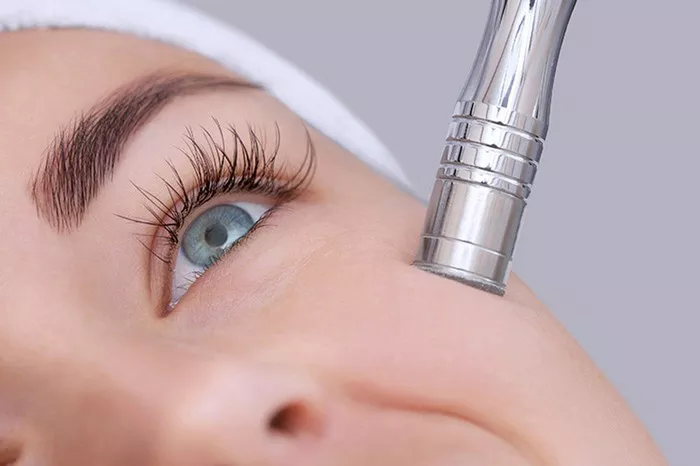The quest for smooth, youthful skin has driven the development of numerous skincare and cosmetic procedures aimed at addressing wrinkles on the face. Wrinkles are a natural part of the aging process, but various factors can contribute to their appearance. Fortunately, there are effective strategies available to help minimize and reduce wrinkles, allowing individuals to achieve a more rejuvenated and vibrant complexion. In this article, we will delve into the world of wrinkle reduction, exploring both non-invasive and medical approaches that can help combat the signs of aging.
Understanding Wrinkles
Wrinkles are lines, folds, or creases that appear on the skin’s surface due to a combination of factors such as aging, repetitive facial movements, sun exposure, genetics, and lifestyle choices. The two main types of wrinkles are dynamic wrinkles, which appear when the facial muscles contract, and static wrinkles, which are visible even at rest.
Effective Strategies for Wrinkle Reduction
1. Skincare Routine:
A well-rounded skincare routine is essential for preventing and reducing wrinkles. Incorporate products containing ingredients such as retinoids, hyaluronic acid, antioxidants (like vitamin C), and peptides. These ingredients can promote collagen production, hydration, and protection against free radicals.
2. Sun Protection:
Sun exposure is a significant contributor to premature aging and wrinkles. Apply broad-spectrum sunscreen with at least SPF 30 daily, even on cloudy days. Sunscreen helps shield the skin from harmful UV rays that break down collagen and elastin fibers.
3. Healthy Lifestyle:
Maintain a healthy lifestyle that includes a balanced diet rich in antioxidants, hydration, regular exercise, and adequate sleep. Avoid smoking and limit alcohol consumption, as these habits can accelerate skin aging.
4. Topical Retinoids:
Retinoids, derived from vitamin A, are potent agents for improving skin texture, promoting cell turnover, and boosting collagen production. Incorporating a retinoid product into your skincare routine can help reduce the appearance of wrinkles.
5. Dermal Fillers:
Dermal fillers are injectable treatments that add volume to areas with wrinkles or volume loss. Hyaluronic acid fillers, like Juvederm and Restylane, can fill in wrinkles and plump up the skin, offering immediate results that can last several months.
6. Botulinum Toxin (Botox):
Botulinum toxin injections, commonly known as Botox, are used to relax the muscles that cause dynamic wrinkles, such as crow’s feet and frown lines. The treatment temporarily prevents the muscles from contracting, resulting in smoother skin.
7. Microneedling:
Microneedling involves using tiny needles to create controlled micro-injuries in the skin. This process stimulates collagen production and can help improve skin texture and reduce the appearance of wrinkles over time.
8. Laser Resurfacing:
Laser resurfacing treatments use targeted beams of light to remove the top layer of damaged skin, stimulating collagen production and revealing smoother skin underneath. Fractional lasers and CO2 lasers are commonly used for wrinkle reduction.
9. Chemical Peels:
Chemical peels involve applying a solution to the skin to exfoliate the top layers. This process encourages new skin cell growth and can improve the appearance of fine lines and wrinkles.
10. Ultrasound and Radiofrequency Therapies:
Ultrasound and radiofrequency devices use energy to stimulate collagen production and tighten the skin. Treatments like Ultherapy and radiofrequency microneedling can provide gradual and natural-looking results.
Conclusion
Wrinkles on the face are a common concern, but effective strategies are available to help reduce their appearance and promote a more youthful complexion. A combination of a diligent skincare routine, sun protection, a healthy lifestyle, and targeted treatments can significantly contribute to wrinkle reduction. Whether you opt for non-invasive treatments like dermal fillers, Botox, or microneedling, or consider medical procedures like laser resurfacing and chemical peels, consulting with a qualified dermatologist or skincare professional will help you choose the best approach based on your goals and skin type. By embracing these strategies, individuals can achieve smoother, more radiant skin that defies the signs of aging.


